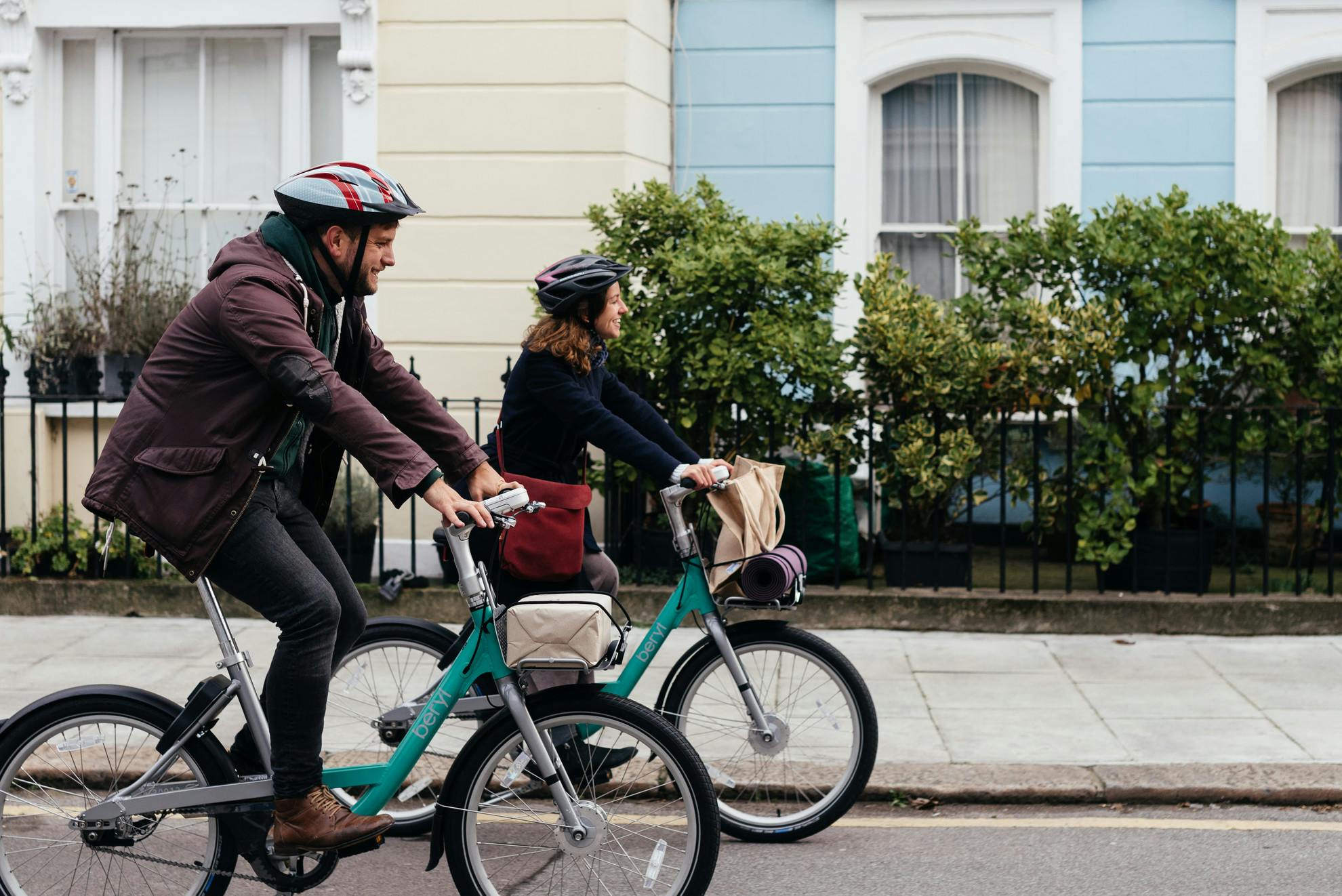Riding safely in the city
Ride in confidence on the roads
Many people learn how to ride a bike when they are young, but give up riding as they grow older. Feeling unsafe is one of the main reasons given for not taking a bike for short urban trips and it’s true that cycling in traffic can feel intimidating. Our riding tips will help you cycle with confidence on city streets and make your ride enjoyable wherever your journey takes you.
Bike maintenance
Safety begins before you even get on your bike, by making sure that everything is in good working order. Giving your bike a regular service means that gears, brakes and wheels are in top condition, and you’ll be able to control the bike as expected. If you don't know how to service your own bike, book it in for a service at a local bike shop or take a course and learn to do it yourself.
If you're riding a Beryl Bike, our mechanics will take care of keeping the bike in good condition for riding with a regular maintenance schedule. You can report any faults or damage to a bike via the in-app chat and we'll get it fixed as soon as possible.
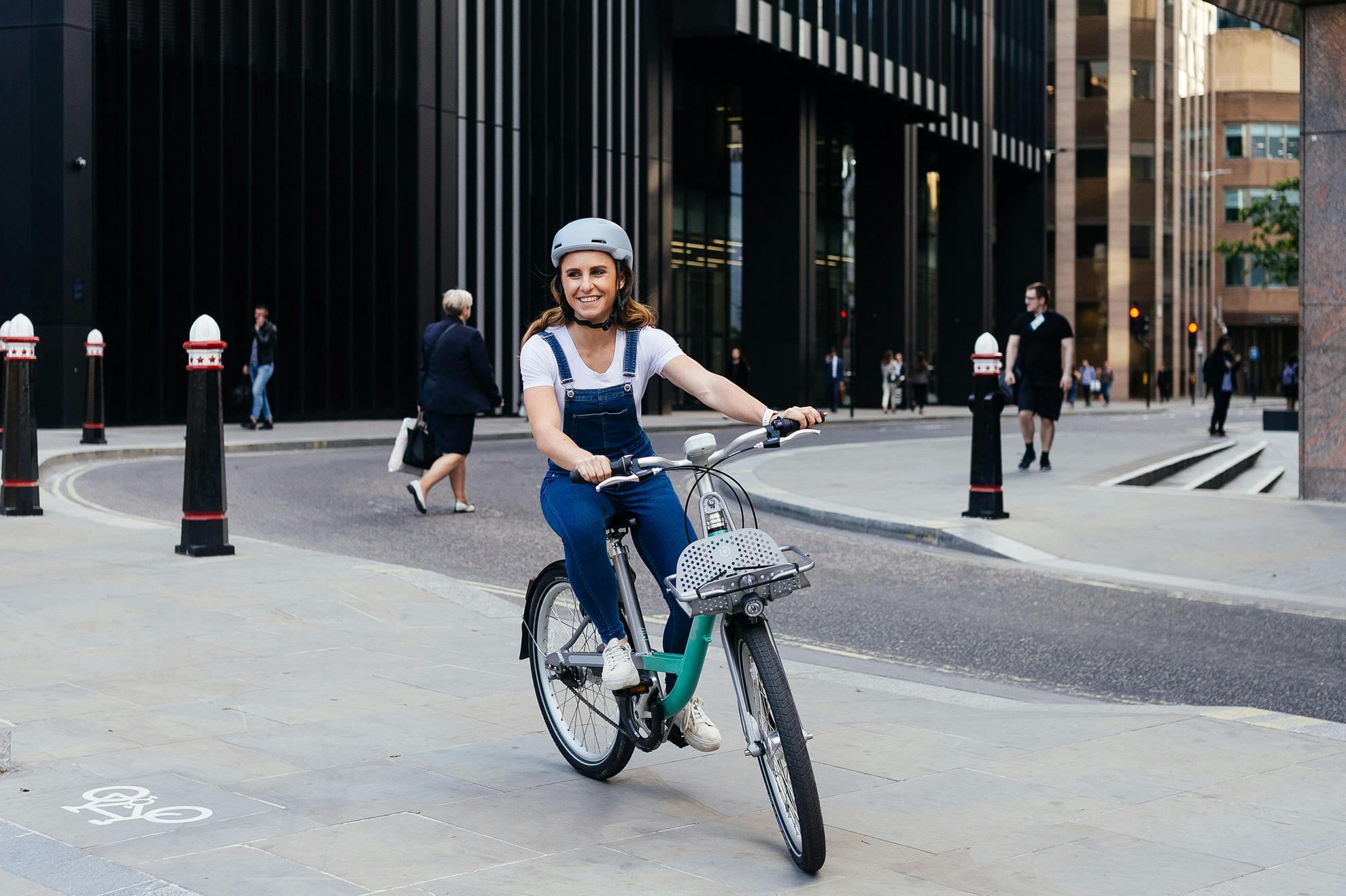
The right place on the road
The position you ride on the road will determine how visible you are to other road users. While it’s tempting to cycle as far over to the left as possible, this isn’t the safest place to cycle for several reasons. For a start, the gutter is a hiding place for broken glass, rubbish, stones and wet leaves that could cause damage to your wheels and cause you to slip and fall. Here are some other ways that riding position can help you stay safe:
- When passing parked cars, leave enough space between you and the line of cars that if a door opens suddenly, you won’t be hit.
- Don’t undertake long vehicles on the left. You’ll often be completely invisible to a lorry or bus driver if you’re cycling in their blindspot and risk being crushed if the vehicle turns left. Bear in mind that long vehicles often have to swing out wide to the right before turning left so it may look like there is a good gap for you to pass, but that gap rapidly closes.
- In narrow streets and when approaching junctions, ride with confidence and make yourself visible by cycling centrally in your lane. If you are close to the kerb, drivers can try to squeeze past you without giving you enough room.
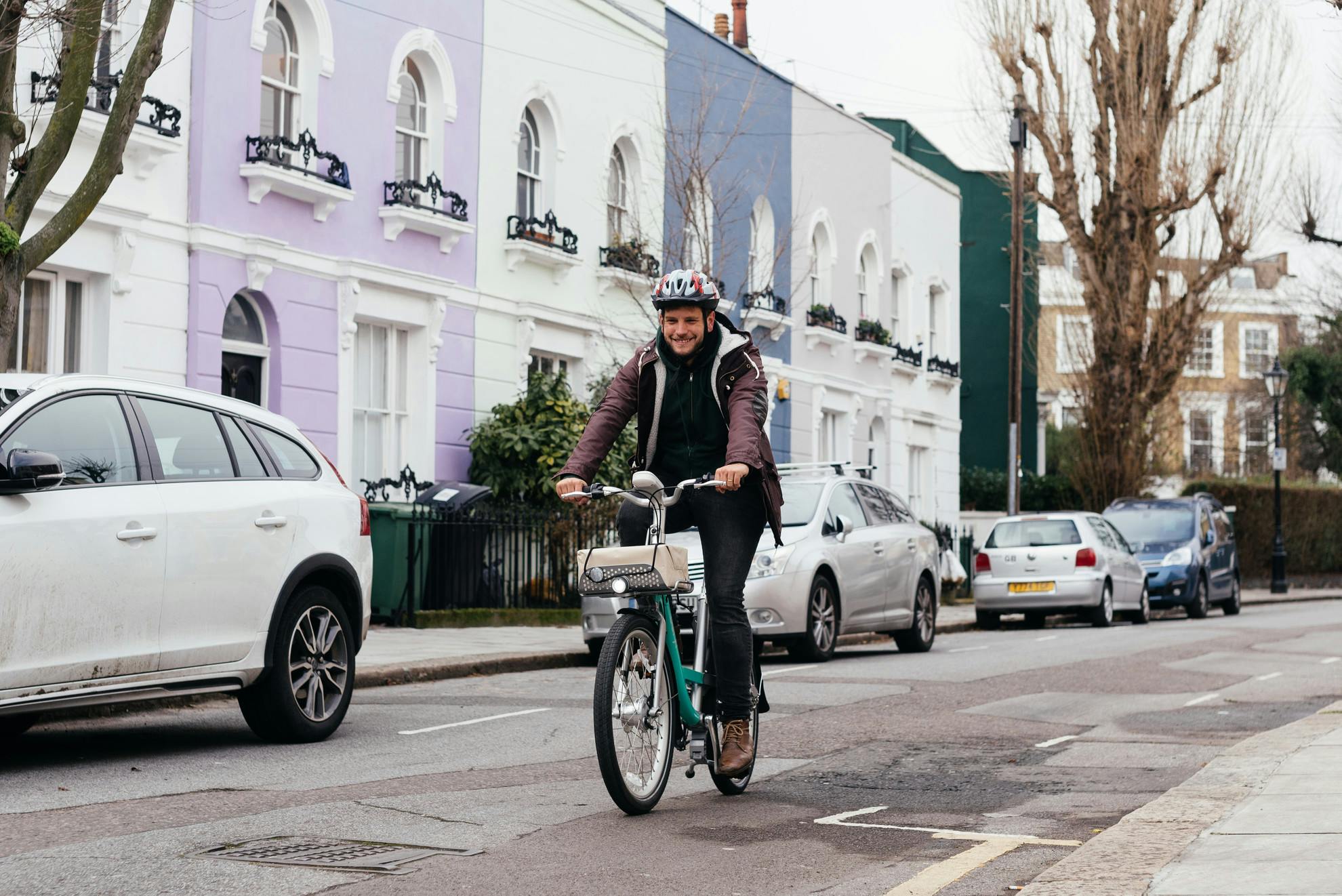
Signalling your moves
Giving other road users advance warning of your intention to change direction is a must.
Use your hands to signal left and right turns, lane changes and stopping. You can also use a quick hand signal to thank someone who has let you out or stopped for you!
Before you make a change in direction, check over your shoulder to make sure you've seen anything coming behind you such as other cyclists or cars passing. The movement of your head also signals to a driver your intention to make a move.
Another time you might want to signal your moves is when on a shared path such as a canal path or esplanade. You can use a bell to let pedestrians know you are coming behind them or as a warning to stop someone stepping out in front of your bike.

Eye contact
It can be intimidating cycling on roads with a lot of movement and cars going in all directions. One way to move with confidence is to make a point of making eye contact with drivers when you meet them at a junction. Looking someone in the eye means you can be sure they have seen you and haven’t missed you on the road.
Respect road signals
If you’re riding on the road, you should respect all traffic signals on the route. Come to a complete stop at red lights or stop signs, give pedestrians priority at zebra crossings with Belisha beacons and respect local rules about areas where cycling isn't permitted.
Pavements
In most places, it’s illegal to ride your bike on the pavement, unless there is a shared space path or marked cycleway. If you need to get off the road, please dismount and walk your bike while on the pavement.
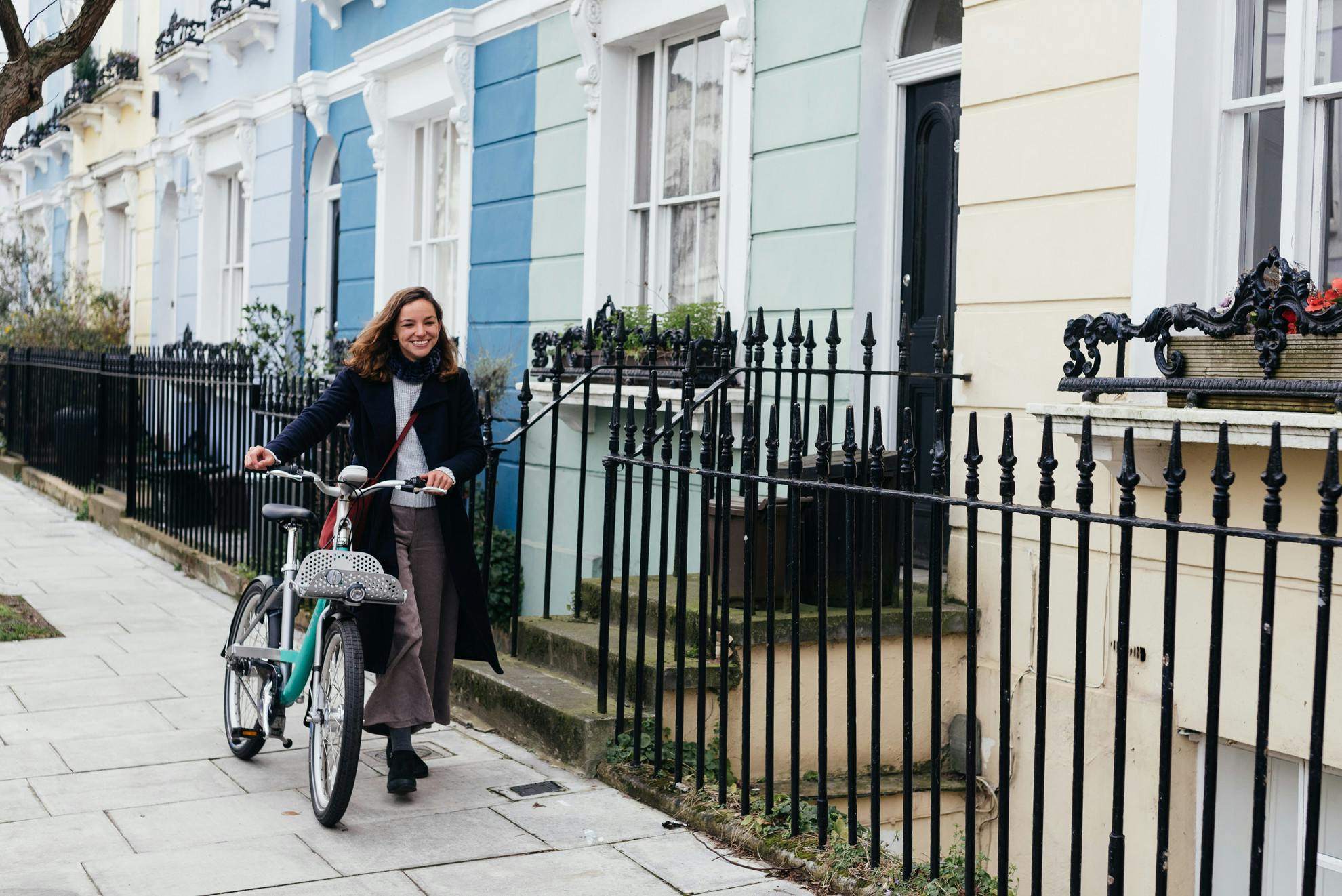
Light your way
If you’re cycling at night, you must use a white front light and rear red light between the hours of sundown and sunrise. It's also a good idea to use lights during the day if there is poor visibility, for example if it's raining or foggy.
Beryl Bikes are equipped with dynamo-powered lights which come on automatically when you pedal, so you’ll never be left in the dark. You’ll also benefit from the green laser projection light which shines out of a driver’s blindspot and makes you more visible on the road.

Wearing a helmet
In the UK, it's not compulsory to wear a helmet, but many riders choose to do so to protect their head in the event of falling or being knocked off their bike.
If you'd like to wear a helmet, there are lots of styles to choose from. Whichever helmet you choose, to be effective it must be well-fitting and snug to your head. If you need help, your local bike shop will be able to advise you on how to choose a helmet in the correct size and will help you adjust it properly to give you the best possible protection.
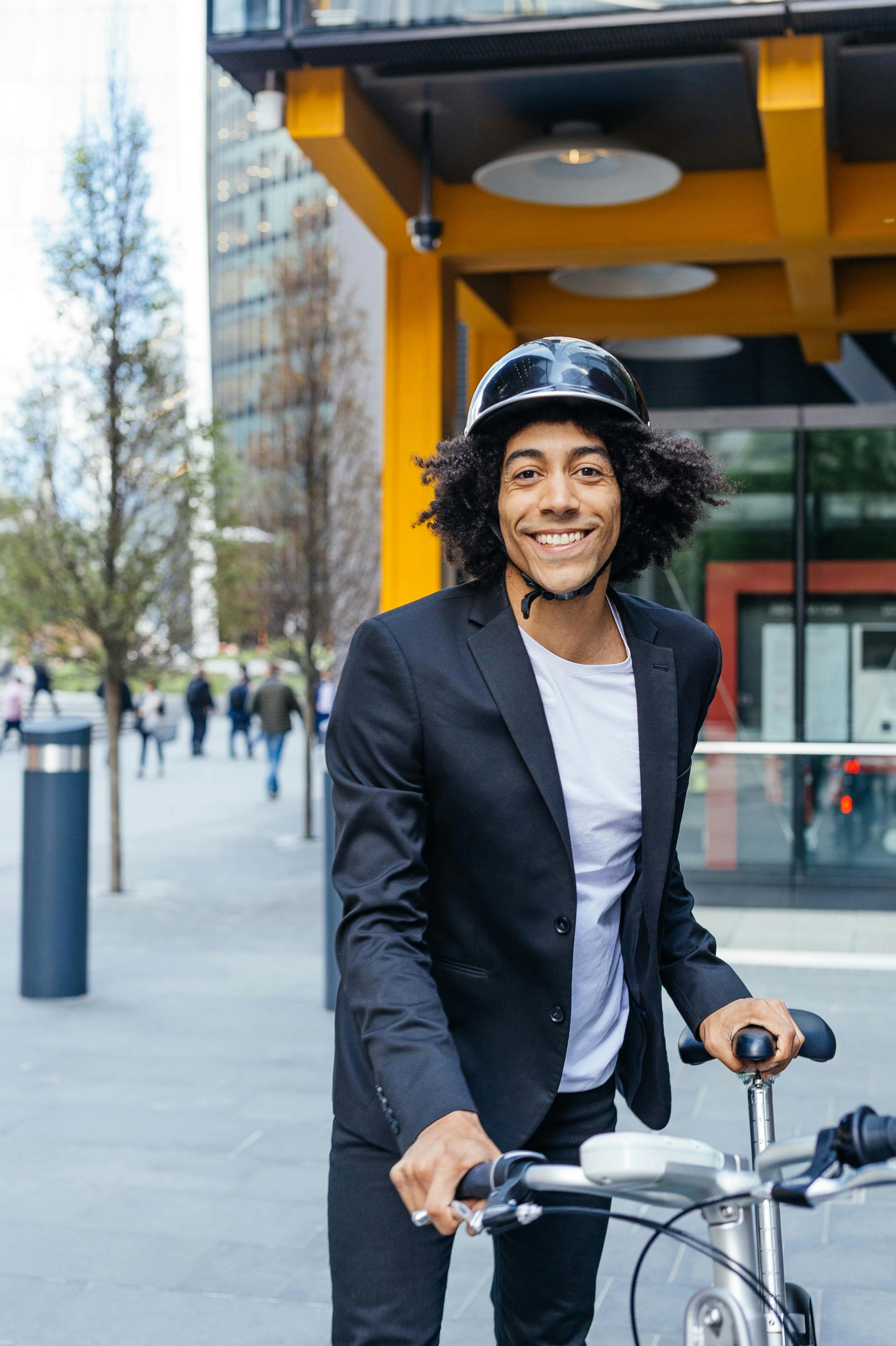
Further information and training courses
Cycling in cities is a great way to get around, but sometimes you can feel nervous when you start out. Luckily, many local councils offer free Bikeability training for riders of all experience levels. Whether you want to learn to ride a bike for the first time or want to brush up on skills, the experienced instructors can teach you about correct road positioning, signalling, and how to avoid dangerous situations on the road.
To find training courses in your local area, have a look at the Beryl Bikes page for your city for links to information, or ask your local authority about bikeability.
